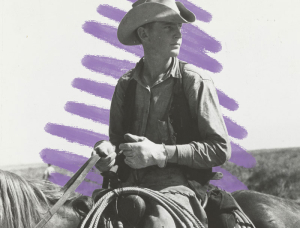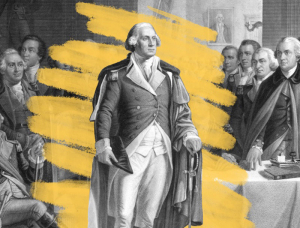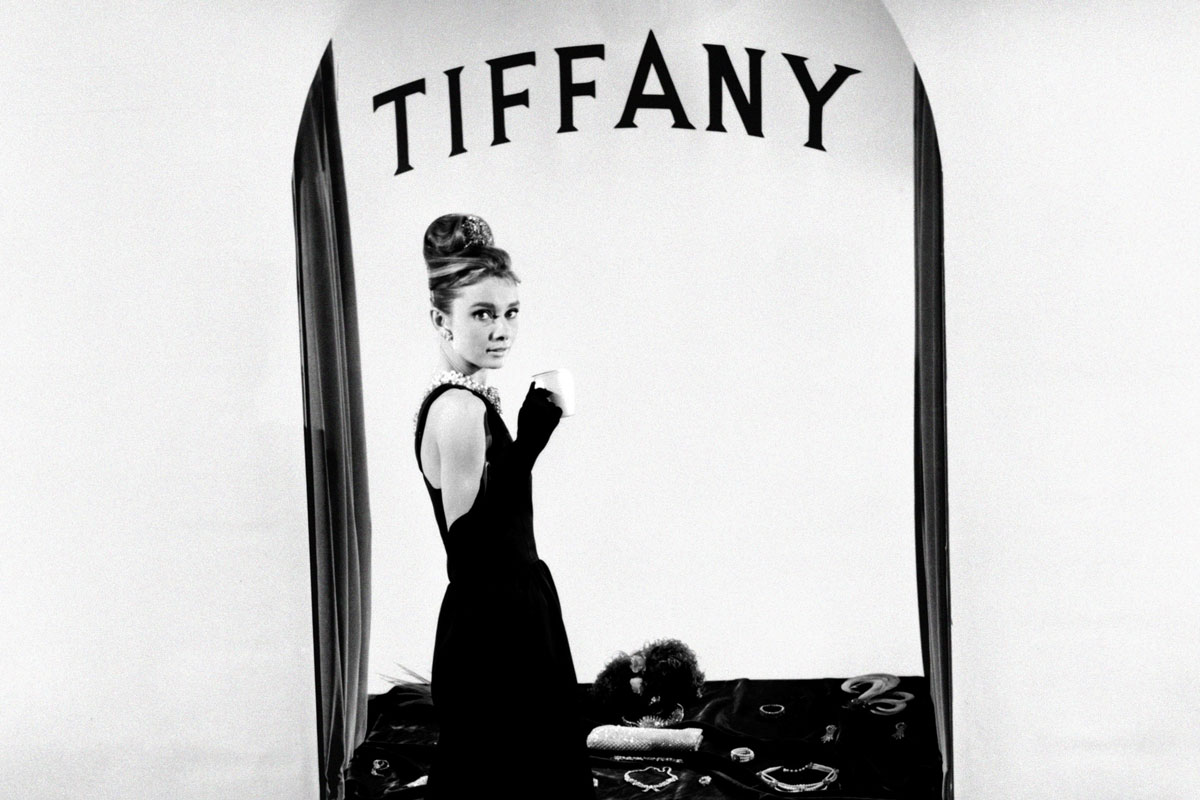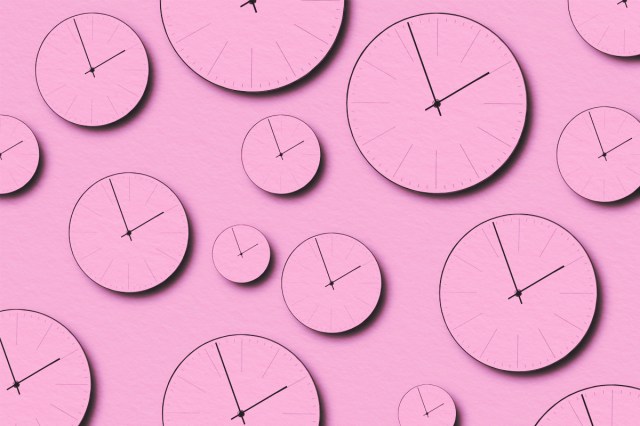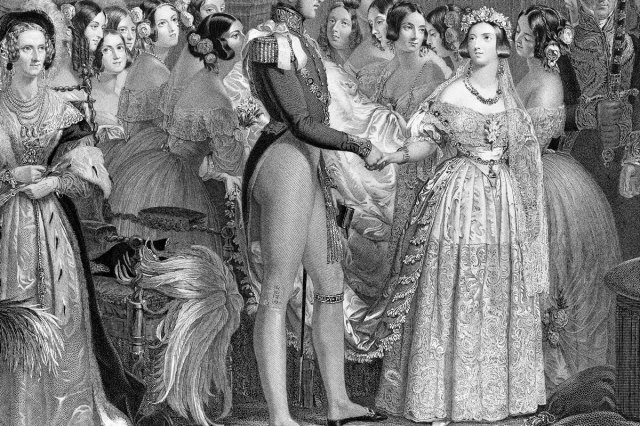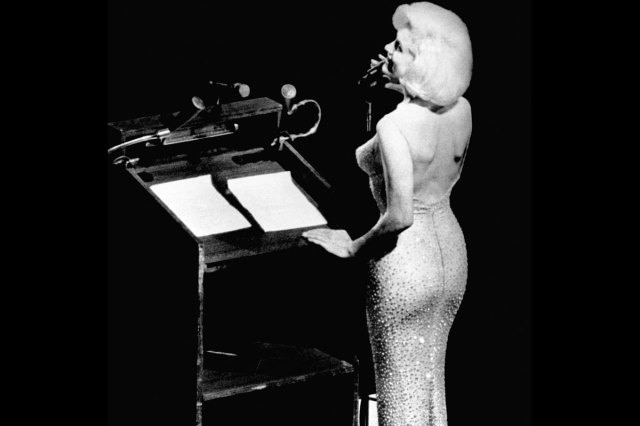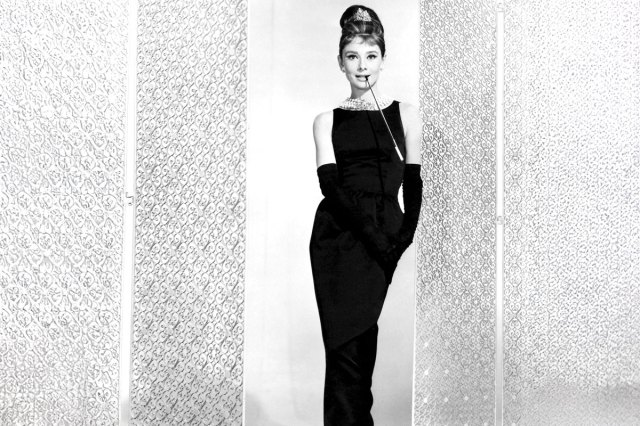5 of the Most Famous Dresses in History
Rose Bertin, an 18th-century French dressmaker often referred to as the world’s first fashion designer, once told her most famous client, Queen Marie Antoinette, “There is nothing new except what has been forgotten.”
Some gowns, however, steadfastly defy the passage of time and refuse to be forgotten. They are destined to remain fresh in the public consciousness, no matter how many years pass or how many trends come and go. Such dresses have transcended mere fashion to become enduring symbols of power or romance, tragedy or transformation, capturing moments in history in finely crafted fabric and thread.
Here’s a look at five iconic gowns from history, from the elaborate wardrobes of prerevolutionary France to the heights of Hollywood royalty.
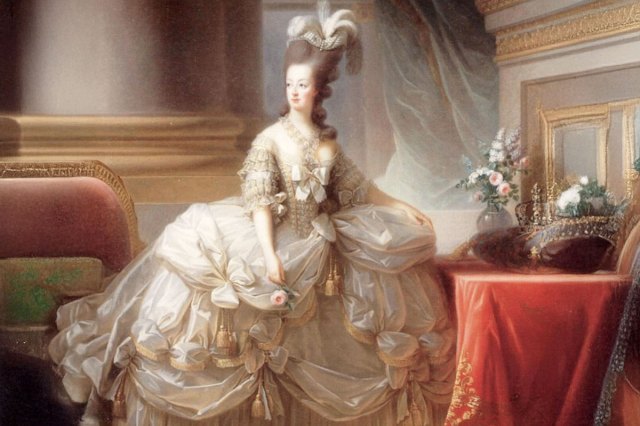
Marie Antoinette’s Court Dresses
Marie Antoinette was the epitome of excess in prerevolutionary France. Her name became synonymous with profligacy, promiscuity, and the decline of moral authority within the French monarchy, and her legendary quote, “Let them eat cake,” is widely known even today — despite there being no evidence that she ever uttered the words.
The French queen’s reputation for frivolity was only heightened by her magnificent court gowns. There was no holding back when it came to her dresses, which were often constructed using panniers — hoop skirts that added volume around the hips — giving her gowns impressively impractical width. Combined with luxurious silk garments, large box pleats, bodices, ribbons, bows, frills, and jewelry, the finished look was nothing short of glorious — and, for the increasingly irate revolutionaries, entirely inappropriate. Today we can still admire the splendor of Antoinette’s court dresses in various contemporary portraits, perhaps none more iconic than “Marie Antoinette in Court Dress” by French painter Elisabeth Louise Vigée Le Brun.
